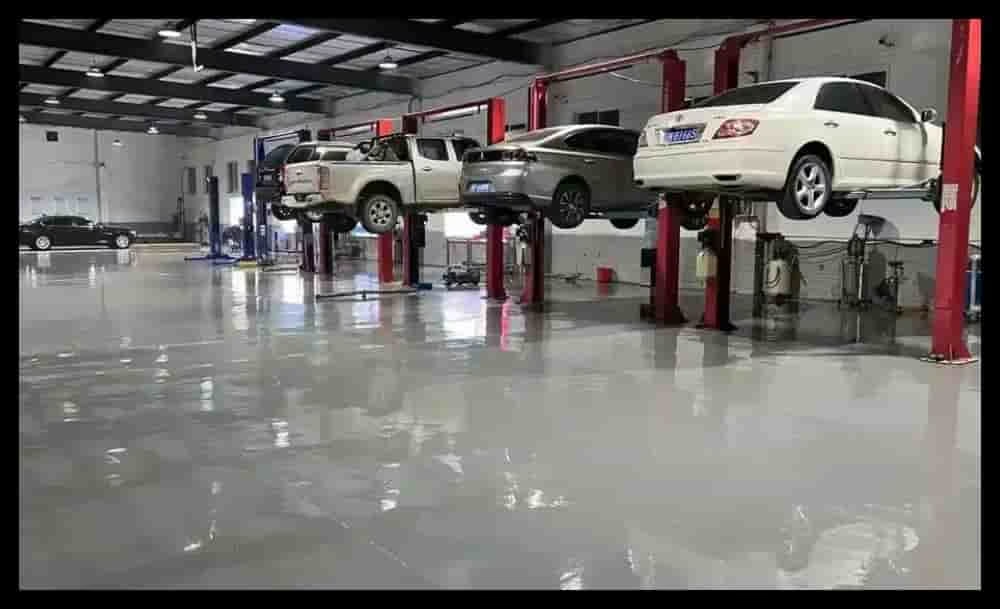Recently, how to escape and rescue after a new energy vehicle collides and catches fire has attracted widespread attention from the society. Vehicle collisions may cause power outages on electric door locks, battery combustion, and toxic smoke diffusion, etc., and the time window for escape and rescue is short. How to escape and rescue after a new energy vehicle catches fire? A must-read for car owners! Take you through this golden guide in 3 minutes!
I.Characteristics of new energy vehicle fires
1. The fire spreads quickly and the escape window is short
The average interval from seeing an open flame outside the vehicle to a fire in the cab is only 64 seconds.
2. Difficulty in extinguishing fires and high risk of re-ignition
New energy vehicles generally use lithium-ion batteries. When lithium batteries have thermal runaway, they will continue to release heat and produce a large amount of combustible mixed gases containing hydrogen, methane, ethane, etc. If the internal chemical reaction continues, after the external open flame is extinguished, it is easy to re-ignite repeatedly.
3. Potential hazards are strong and explosion hazards are high.
The combustion of lithium batteries will produce a large amount of toxic gases (such as hydrogen fluoride and hydrogen cyanide) and white smoke, which pose a serious threat to the surrounding personnel and environment. At the same time, due to the structural characteristics of the small and enclosed space of lithium-ion batteries, if the safety valve fails, the backlog of energy is enough to cause an explosion.
The Golden Guide to Self-rescue in New Energy Vehicle Fire
New energy vehicles basically have a safe escape time after a fire. You must leave the vehicle as soon as possible, and do not do the following actions after evacuation!
Remember the “three don’ts”: (1) Do not try to extinguish the fire (2) Do not approach the vehicle (3) Do not inhale smoke
II. Escape method
01 Race against time to open the door and cut off the power
Once a new energy vehicle is found to be on fire or there are signs of fire, stop the car and evacuate immediately.
Prioritize the door escape. When the electronic lock fails, the occupants can use the mechanical unlocking device to open the door and escape. The mechanical unlocking device in the door equipped with an electronic lock is generally located near the door handle, door shelf, etc.
If the door cannot be opened normally, immediately break the window to escape.
02 Stay away from the vehicle to ensure safety
Evacuate to a safe area 50 meters away in the upwind direction to avoid direct contact with high-temperature flames and toxic and harmful smoke to avoid secondary injuries.
03 Call the police quickly to explain the situation
Dial “119” to report the fire and inform the brand and model of the car on fire so that rescuers can quickly understand the type and capacity of the car’s power battery.
How to rescue correctly when encountering a new energy vehicle fire?
01The first principle is to strictly implement personal safety protection measures
Prevent injuries caused by electric shock, battery electrolyte splashing, explosion, etc.
02The first task is to try to save people
If the door is unlocked, open the door immediately to assist passengers to escape.
If the vehicle is not unlocked, the door cannot be opened from the outside. If the person in the car is unconscious, the side window should be quickly smashed and the door should be opened.
Avoid direct contact with high-voltage components and quickly transfer the injured to a safe area.
3. Necessary precautions for new energy vehicle owners
01 Pay attention to the user manual of your own vehicle
Master the vehicle emergency strategy, the location and use of emergency devices, and practice in advance to ensure that you can respond easily in an emergency.
02 Do not modify or add lines at will
To prevent improper operation from causing a short circuit in the line, thereby causing a fire.
03 Pay attention to charging safety
Avoid overcharging the battery, and do not stay in the car when charging.
04 Avoid bottoming fire
Slow down when encountering bumpy roads, slow down and avoid potholes or protruding roads.
05 Avoid wading
Try to park the vehicle in a cool and dry place.
06 Avoid violent driving
To prevent the battery from overloading.
07 Always have escape tools
Equip the vehicle with escape tools such as safety hammers and window breakers.
















Leave a Reply